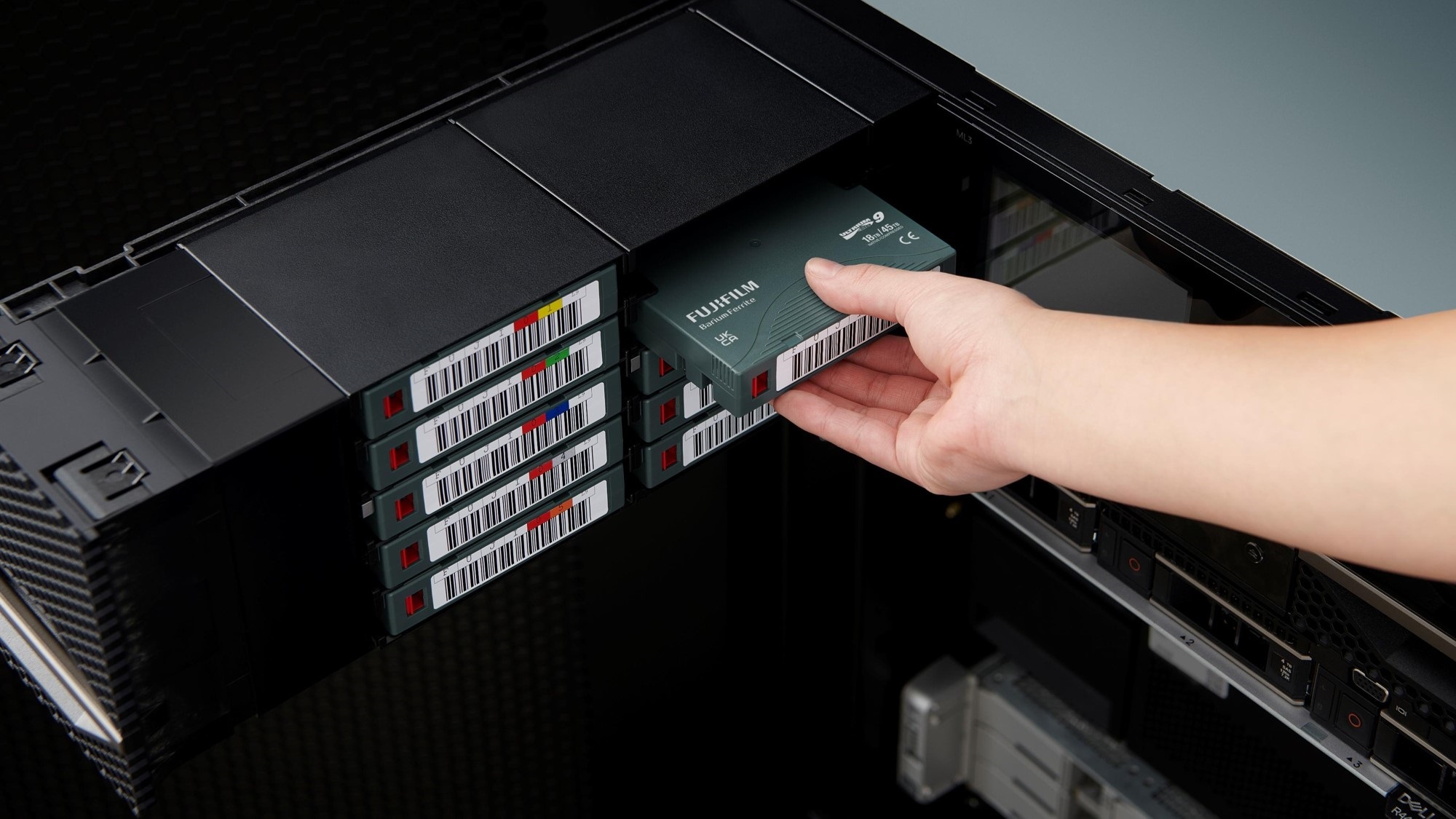BY EU STUDIO
Monday, March 7, 2022-09:49
Share on Facebook
Share on Twitter
send by email
We live in a context where information is unlimited and the amount of data we generate is constantly growing.
The digitization of content, the increase in regulations regarding long-term data retention, the use of new high-resolution applications such as the 4K format, virtual reality, 5G technology applied to mobile telephony, intelligence systems (AI) or the Internet of Things (IoT) have caused an
increase in the demand for data storage services
in recent years and with it an increase in the cost for the environment.
This reality has been a great challenge for the manufacturers of data storage systems which are looking for alternative ways to curb the ecological footprint.
As if it were lungs,
data centers need a very high percentage of energy for their operation and the disk systems
that they mainly use for data storage are the main cause of this energy expenditure.
In fact, it is estimated that
these systems can consume 19% of the total energy expenditure
required by these centers, which entails an electrical expenditure of 14 billion kWh and the generation of large amounts of carbon dioxide that they expel into the atmosphere ( 6.5 million metric tons) when natural gas is used as the energy source.
According to IDC's 2021 report,
"Accelerating Data Center Green Progress with Sustainable Strategies," the amount of data stored in data centers will grow at a 27% annual rate through 2025, with capacities doubling approximately every three years
, and with the consequent increase in associated energy consumption.
In fact, in the period from 2017 to 2020 alone this consumption grew by 31% on average, while hyperscale data center operators are increasing energy consumption at an even faster rate.
IDC predicts that by 2025 there will be nearly 20,000 high-end mega data centers worldwide.
If energy consumption continues at the current rate, the amount of electricity needed to support your daily operations will require a new strategy to optimize the use of the resources used.
Achieving the reduction of emissions from the storage and management of information technology data, the digitization of the economy and other applications, becomes a great challenge for any company committed to the environment.
Tape vs. disk: green digitization
The Japanese company Fujifilm, which leads the world in the manufacture and development of tapes for backup copies and data archiving, has been at the forefront of this technology thanks to continuous investment in R+D+i to improve its characteristics. intrinsic to tape storage solutions.
This alternative system
reduces carbon dioxide emissions by up to 95% compared to other traditional technologies, such as the hard drive
, the most widely used to date in data centers.
We know that all stored data does not require immediate or low latency access.
On the contrary, most of them, between 60% and 80%, are consulted infrequently or remain inactive for years but cannot be deleted due to their great value.
Bearing in mind that this high percentage of the information is essentially stored in disk solutions, the energy consumption derived from its ventilation and thermal cooling supposes a significant economic cost for companies and also an environmental one.
Tape
storage, by contrast, has shown greater energy efficiency as it sits idle
in a tape library slot or on a shelf outside of the tape library when not in use, consuming no power.
In this way, CO2 emissions are reduced and, as a recent study by Brad Johns Consulting indicates, if 60% of the information stored in the world were transferred to tape storage solutions,
the carbon footprint could be reduced. at 72 million tons in just 10 years
.
20 Terabytes (TB) native per data cartridge as of today.
With a very clear roadmap, with tapes that will offer native capacities of over 100 TB in 8 years.
The tape thus becomes the support that best responds to current needs within a context of ecological transition
in which the Fujifilm company has marked the roadmap.
Fujifilm's efforts to find alternative materials that can increase the recording density of tapes, while also offering higher yields, has allowed the application of Barium Ferrite (BaFe) particles with superior magnetic properties to Metal Particles (MP) technology, used previously.
In fact, from the native 2.5 TB, limit of the capacity offered by MP technology tape, going through the first 6 TB native capacity of the first tapes manufactured with the first generation Barium Ferrite technology (BaFe1), to the currently marketed 20 TB native tapes, manufactured with second generation Barium Ferrite (BaFe2) technology,
The path
of data storage
is therefore directed towards magnetic tape in
order to breathe oxygen
into the requirements of the growing demand for data archiving from large companies and institutions and the planet itself.
In fact,
it represents the first step towards a global zero-emissions economy and is committed to complying with the different legislations
such as the recent pact of European "cloud" centers, which requires that they be climate neutral by 2030, or the
Pact European Green
, which aims to make Europe the first climate-neutral continent in 2050. The current context requires efficient and safe solutions and Fujifilm has already given the environment a break with its green technology in the form of tape.
Made by UE Studio
This text has been developed by UE Studio, a creative branded content and content marketing firm from Unidad Editorial, for FUJIFILM.
Conforms to The Trust Project criteria
Know more

